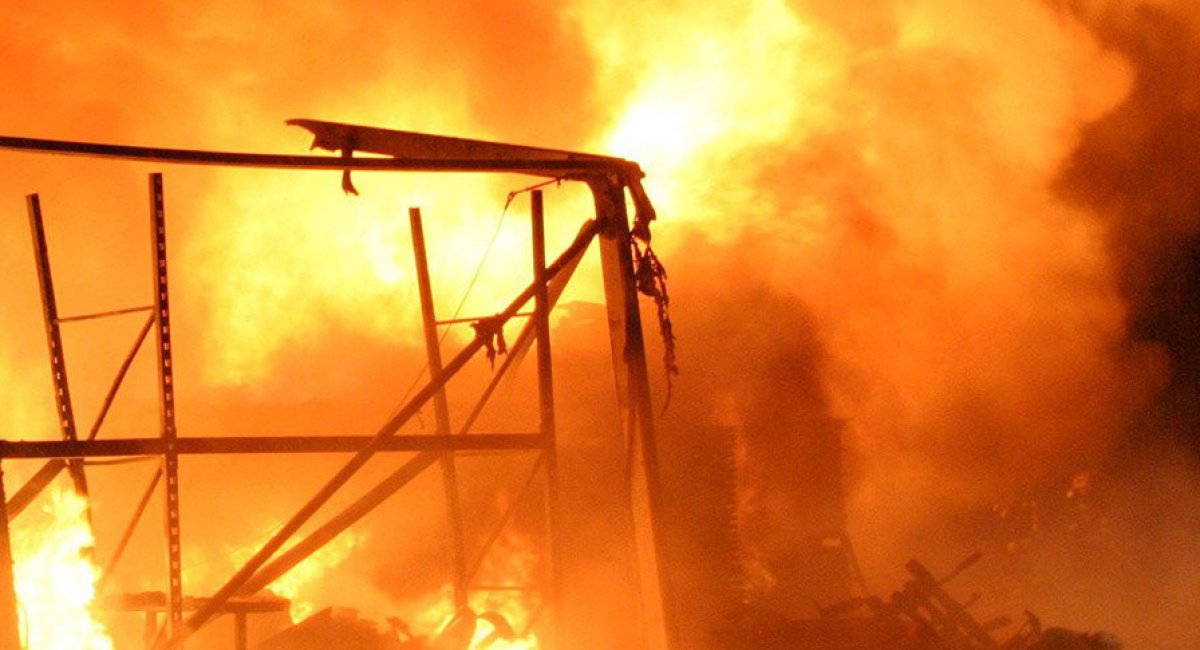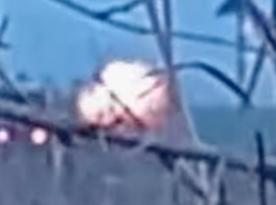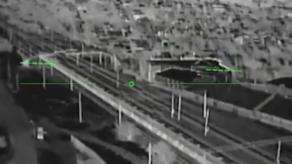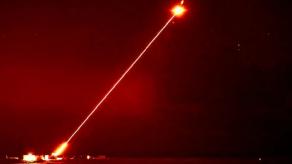Recently, Ukrainian forces successfully carried out drone strikes on targets in the Leningrad and Tula regions, where repeated Ukrainian drone strikes may fix russian short-range air defense systems defending potentially significant targets along expected flight routes.
As noted by experts from the ISW, Ukrainian media, citing unnamed sources within Ukrainian special services, reported that Ukrainian forces conducted drone strikes against the Shcheglovsky Val Plant in Tula City, Tula Oblast and the Novateka plant and gas terminal near the port of Ust-Luga, Leningrad Oblast on the night of January 20 to 21.
Read more: Drones Target russian Gas Terminal in the Baltic and Factory Making Pantsir Air Defense Systems, Combat Vehicle Turrets
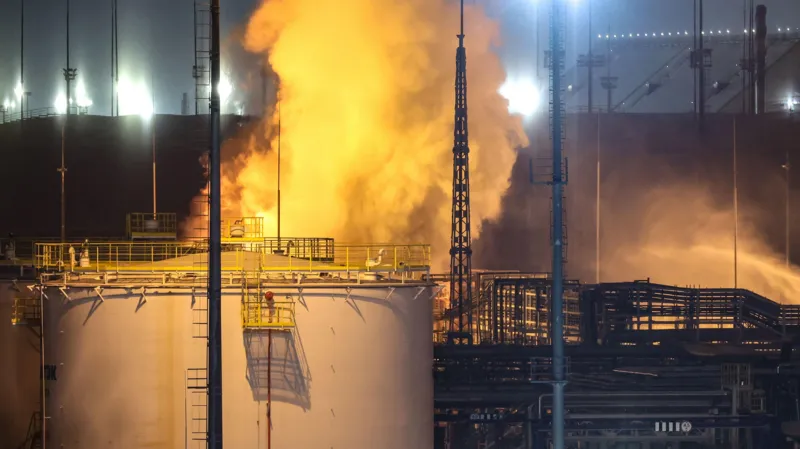
The Shcheglovsky Val Plant reportedly manufactures Pantsir-S and Pantsir-S1 air defense systems, and the Ust-Luga complex reportedly processes stable gas condensate into light and heavy naphtha, diesel, kerosene, and naval fuel.
russian sources amplified footage claiming to show explosions in Tula City and Ust-Luga, presumably the results of successful Ukrainian strikes.
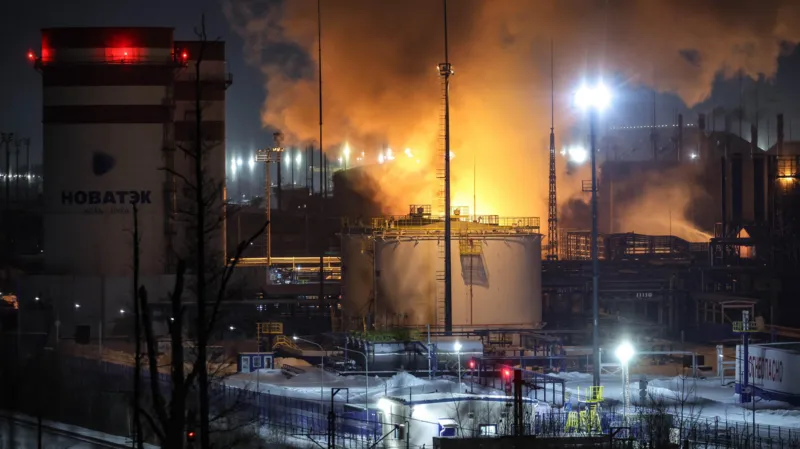
The experts say, geolocated footage published on January 20 shows additional explosions over Smolensk City, indicating possible Ukrainian strikes in the area.
The russian Ministry of Defense (MoD) claimed that russian air defenses destroyed five drones over Tula, Oryol, and Smolensk oblasts, the ISW noted.
Ukrainian forces reportedly conducted a successful drone strike on russian military facilities in Leningrad Oblast on January 18.
A russian insider source claimed on January 21 that russian air defense coverage over Leningrad Oblast is poor and indicated that russian air defenses in Leningrad Oblast are likely not arrayed to defend against strikes from the south.
russian air defense systems in Leningrad Oblast are most likely positioned to defend against strikes from the northwest and west, as russia has historically arrayed its air defense in the area to defend against hypothetical NATO attacks.
The russian military is currently reforming the Leningrad Military District (LMD) with the expressed intent to prepare for a potential future conventional war against NATO and may be arranging military assets in a way to posture along the border with NATO members.
The ISW continues to assess that Ukrainian strikes in Leningrad Oblast may prompt russian forces to reposition short-range air defense systems along expected flight routes of Ukrainian drones to defend potential targets of strategic value.
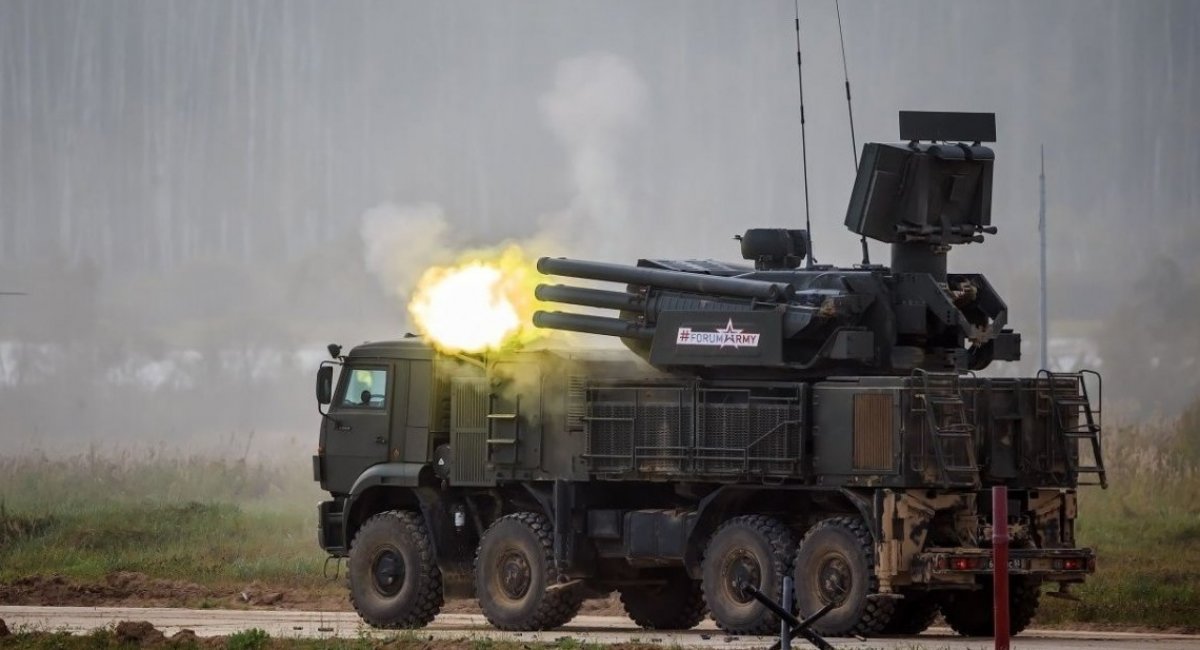
russian forces using short-range systems such as the Pantsir may not be able to cover all important potential targets in Leningrad Oblast without bringing additional systems into the area, and continued Ukrainian strikes in deep rear areas in russia may thus increase pressure on russia’s air defenses overall.

Read more: Oil Depots, Military Facilities in russia Continue to Burn Due to Ukrainian Drone Attacks




